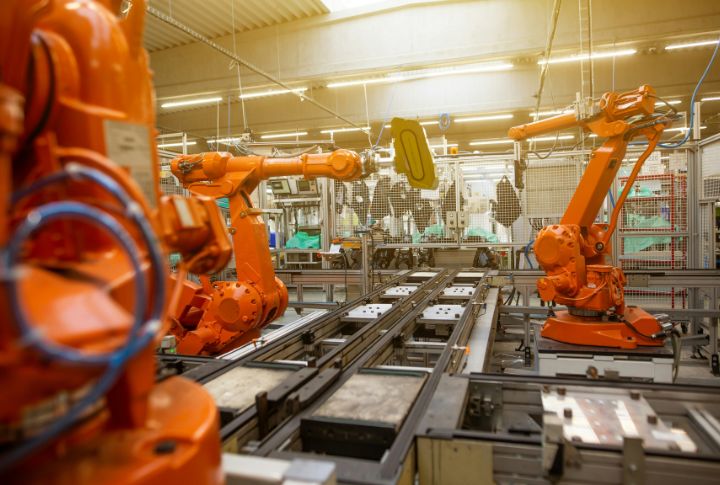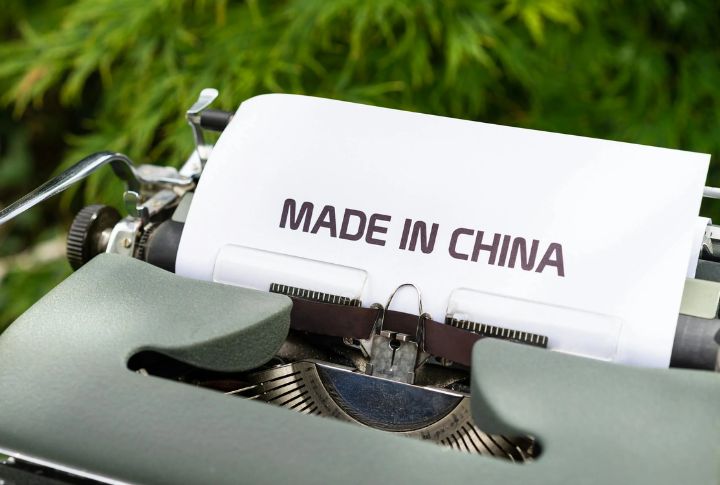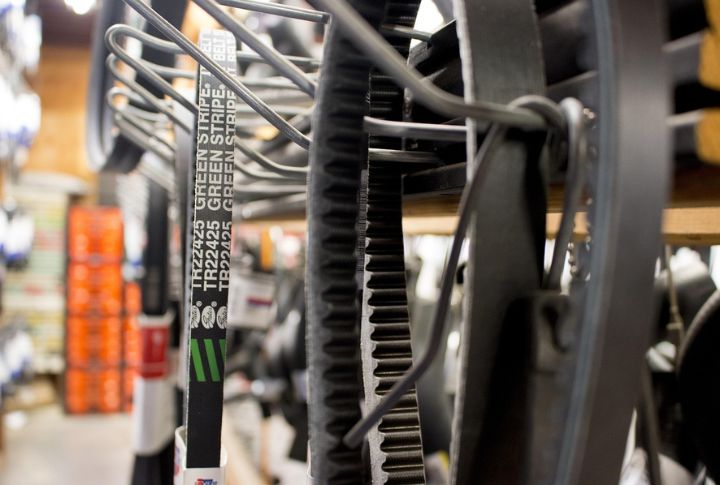
Marelli’s bankruptcy wasn’t sudden. It followed months of rising input costs, supplier instability, and a shifting tariff scene that squeezed an already thin-margin business. As global trade policies grew more rigid, Marelli struggled to adjust fast enough. So, here are ten things to know about what happened and why it matters.
Marelli’s Bankruptcy Marked The First Major Tariff Casualty

Marelli’s 2022 bankruptcy in Japan marked a turning point in global auto manufacturing. As a top-tier supplier, its collapse underscored the damaging effects of prolonged tariff tensions. The U.S.-China trade war disrupted its operations, and Marelli became the first widely acknowledged casualty of tariff-driven economic pressure.
Japan’s Auto Giant Fell After U.S.-China Trade Escalation

Once known as Calsonic Kansei, Marelli—restructured under KKR after merging with Magneti Marelli—leaned heavily on global trade routes connecting the U.S., China, and Europe. When tariffs escalated, sourcing disruptions hit hard. Rising costs and delays slashed cash flow, while KKR-related debt intensified the blow.
Marelli’s Collapse Shocked Automakers Like Stellantis

Stellantis, once the parent company of Magneti Marelli, relied heavily on Marelli’s components. However, the bankruptcy sparked immediate concerns about upcoming launches, forcing Stellantis to fast-track alternate sourcing. Across Europe, Marelli’s collapse sent tremors through the auto industry, exposing vulnerabilities in tightly linked supply chains.
Global Supply Chains Shook As Marelli Plants Went Silent

With 170 sites in 24 countries, Marelli’s shutdowns rippled across global supply chains. Liquidity issues halted production in China, Mexico, and Italy, sending just-in-time systems at automakers into disarray. Electronic components were hit hardest, which forced the suppliers and OEMs into scramble mode as they rushed to plug critical inventory gaps.
Tariff Turmoil Triggered Around $4.9 Billion Debt Restructuring

At bankruptcy, Marelli held about $4.9 billion in debt, largely tied to KKR’s leveraged buyout. Tariff-driven margin erosion crippled its ability to meet repayments. In response, KKR proposed converting $4.2 billion into equity. The deal became one of Japan’s largest corporate restructurings since Takata’s collapse, underscoring the tariff fallout’s financial toll.
Marelli’s Chinese Ties Made It Vulnerable To Tariff Heat

Marelli’s deep manufacturing presence and partnerships in China exposed it to direct tariff fallout. Levies on Chinese auto components also strained its export pricing model, which left no buffer. Projects with Chinese EV startups stalled, while U.S. automakers steered clear of parts linked to China. So, tariff heat turned Marelli’s global reach into a liability.
Electric Vehicle Ambitions Crumbled With Marelli’s Fall

Marelli’s push into electric vehicles collapsed alongside its finances. Investments in power electronics and battery systems stalled, halting the development of inverters and e-axles. OEMs pulled back amid fulfillment fears and supply contracts froze. This way, Asian and European EV startups were left without a key development partner.
Global Parts Shortage Worsened After Marelli’s Exit

Amid ongoing semiconductor shortages, Marelli’s shutdown deepened the crisis. Its exit cut off vital supplies of electronic control units, particularly affecting small- to mid-tier automakers. With few substitute suppliers, production lines stalled. The disruption cascaded across multiple OEMs in 2022, straining an already fragile global parts ecosystem.
Tariff Fallout Hit 50,000 Workers Linked To Marelli

Before its collapse, Marelli employed roughly 54,000 people globally. The tariff-triggered fallout led to immediate layoffs and furloughs across Europe, Asia, and North America. Local economies dependent on Marelli were hit hard, and workforce instability added yet another layer of disruption for automaker partners.
Marelli’s Fate Warned Of Fragile Industry Interdependence

Marelli’s downfall exposed the industry’s tangled dependencies. As a Tier 1 supplier serving multiple brands, its collapse revealed shared risks baked into platform sourcing. Automakers scrambled to rethink diversification, and analysts viewed Marelli’s fate as a stark warning for over-leveraged vendors in an interconnected ecosystem.
